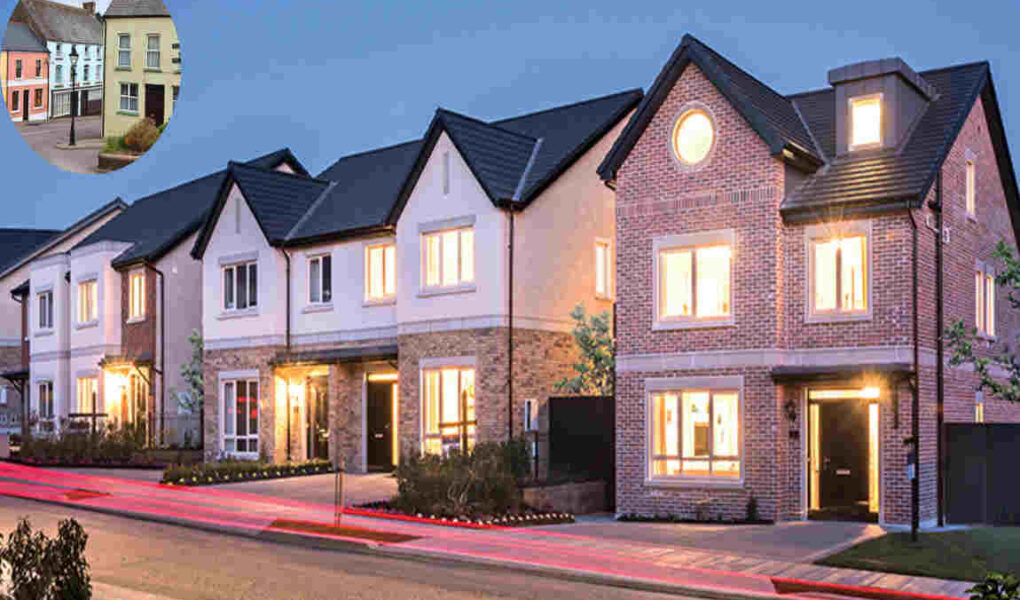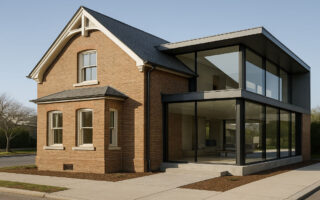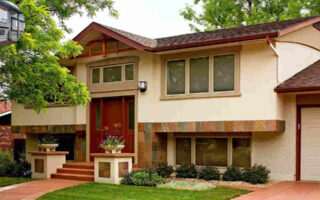Irish architecture is a captivating blend of history, culture, and innovation. When considering what houses in Ireland look like, one can’t help but appreciate the unique characteristics that define them. From the quaint cottages of the countryside to the sleek, modern homes that dot urban landscapes, Irish house designs are rich in cultural significance.
The architectural heritage of Ireland is a tapestry woven with the threads of various influences, ranging from the ancient Stone Age structures to contemporary designs that marry tradition with modernity.
Understanding Traditional Irish House Designs
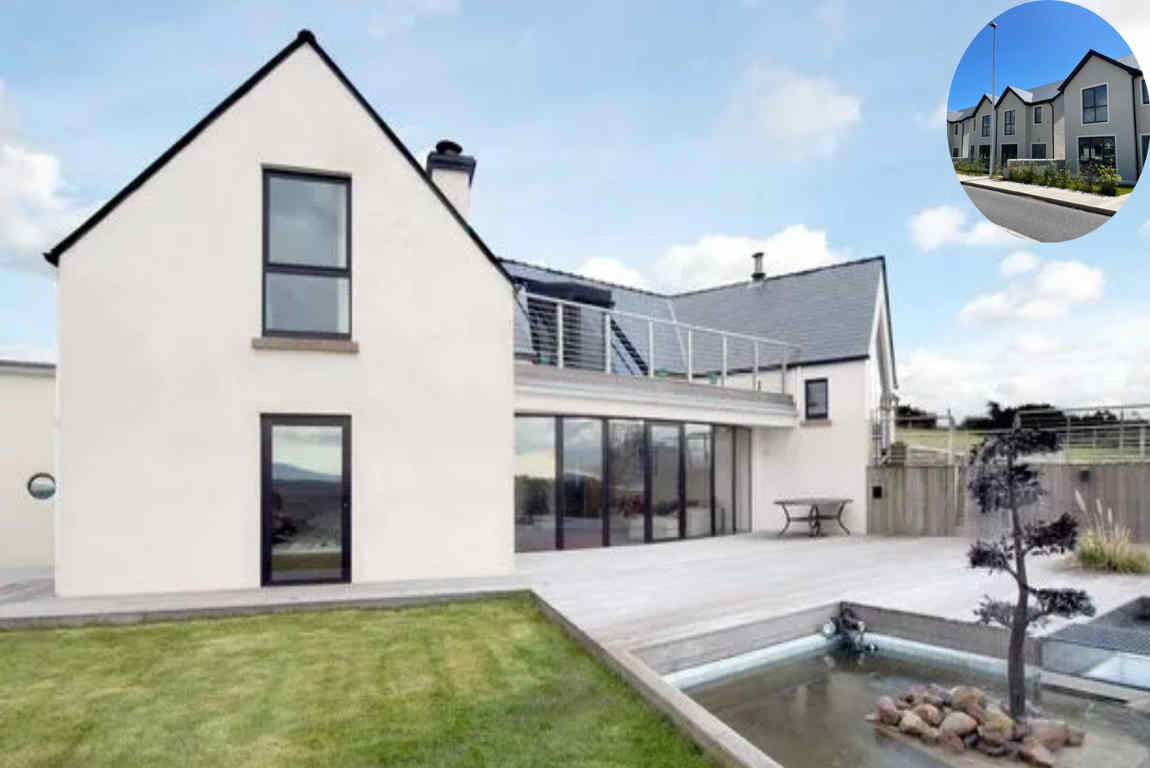
Historical Context and Evolution
Ireland’s architectural history is a fascinating narrative that spans thousands of years. From Stone Age dwellings to modern houses, each period has left its mark. The influence of the Norman, Anglo-Irish, and Georgian styles is particularly notable.
- Norman Architecture: Known for its fortified castles and stone buildings.
- Georgian Style: Characterized by symmetry and proportion, it introduced elegant features into Irish homes.
- Vernacular Styles: These homes were practical, often built using local materials, reflecting the culture and lifestyle of their inhabitants.
Traditional Irish houses are more than just structures; they embody the cultural values and the resourcefulness of the people who built them. Each design tells a story about the land and its history.
Key Characteristics of Traditional Irish Houses
Traditional Irish homes boast unique architectural features that have stood the test of time. Some of the hallmark characteristics include:
- Stone Walls: Robust and durable, providing excellent insulation against the Irish weather.
- Thatched Roofs: These roofs, often found on cottages, add a rustic charm and are made from local materials, such as reeds.
- Large Fireplaces: Central to the home, these fireplaces not only provide warmth but also serve as a gathering place for family and friends.
Most traditional houses follow a rectangular layout, often with narrow dimensions. This design originated from the need for efficiency and warmth, with small roof spans secured by ropes or stones to withstand strong winds.
The cozy ambiance of these homes is enhanced by open fireplaces and wooden beams, creating inviting spaces that reflect the heart of Irish hospitality.
Iconic Traditional Styles
When discussing traditional Irish houses, several styles stand out:
- Irish Cottages: These charming homes often feature thatched or slate roofs and sturdy stone walls, epitomizing the essence of rural life.
- Georgian Homes: Known for their symmetrical facades, sash windows, and intricate interior moldings, these houses exude elegance.
- Rural Cottages: These iconic structures are a staple of the Irish countryside, often set amidst lush greenery and rolling hills.
The visual appeal of these homes not only captivates the eye but also symbolizes Ireland’s rich heritage.
Modern Irish House Designs: Blending Tradition with Contemporary Living
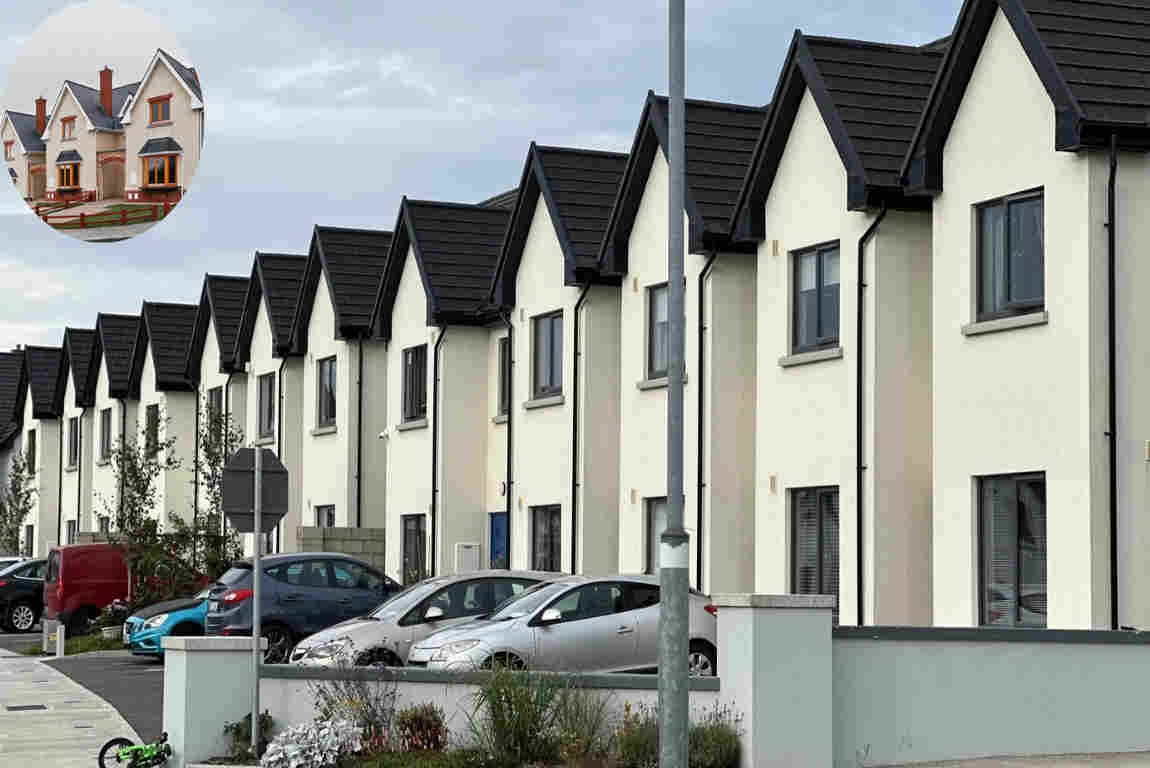
As Ireland progresses, modern house designs continue to emerge, seamlessly blending traditional elements with contemporary aesthetics.
Exterior Design Elements
Modern Irish homes utilize a variety of natural materials that reflect the beauty of the landscape. Key elements include:
- Stone and Wood: These materials not only enhance the aesthetic but also ensure durability.
- Roof Styles: Low-pitched roofs with either thatched or slate finishes provide a blend of traditional and modern looks.
- Large windows allow for maximum natural light and create a seamless connection between indoor and outdoor spaces.
- Welcoming Porches: Outdoor seating areas invite relaxation and social interaction.
You may also read (the impact of cleanliness on home appraisal value).
The exterior of modern Irish homes often reflects an effort to harmonize with the natural surroundings, creating a serene living environment.
Interior Layout and Floor Plans
The interior of modern Irish houses is designed with functionality and comfort in mind:
- Open Floor Plans: These layouts encourage social interaction, enabling families to gather effortlessly.
- Central Living Areas: Often featuring a fireplace or a stove, these spaces serve as the heart of the home.
- Multi-Purpose Rooms: Flexibility is key, with spaces that can serve as offices or guest bedrooms.
- Utility Spaces: Mudrooms and other practical areas enhance functionality, catering to modern lifestyles.
- Bedroom Wings: These provide privacy and tranquility, essential for restful living.
This thoughtful design approach ensures that modern homes accommodate the needs of contemporary families while maintaining a warm, inviting atmosphere.
Interior Design Inspirations
Interior design in Irish homes draws inspiration from the stunning landscapes of the Emerald Isle:
- Color Palettes: Soft greens, earthy browns, and serene blues reflect the natural beauty that surrounds us.
- Natural Textures: Exposed brick, stone walls, and hardwood floors bring an organic feel to interiors.
- Traditional Elements: Features such as farmhouse sinks and wooden beams add character and evoke a sense of nostalgia.
- Modern Amenities: Homes now incorporate innovative technology and energy-efficient appliances, adding a contemporary touch.
- Comfortable Furnishings: A blend of traditional and modern styles creates a warm and inviting atmosphere.
This harmonious fusion of design elements ensures that modern Irish homes are both stylish and deeply rooted in their heritage.
Materials and Construction Techniques in Irish Houses
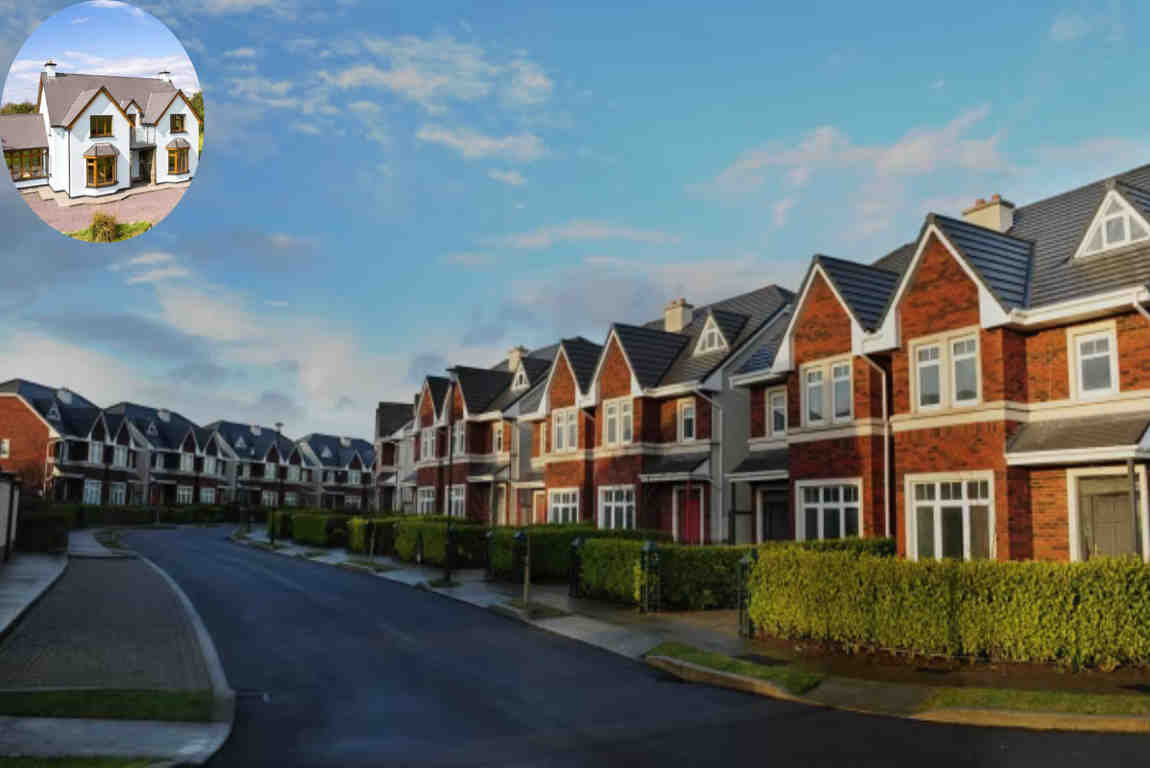
Common Building Materials
The materials used in Irish homes tell a story of their own. Common choices include:
- Stone: Often sourced locally, it provides strength and insulation.
- Timber: This renewable resource is used for framing and details.
- Concrete Blocks: Increasingly popular for their durability and efficiency.
- Slate and Thatch: Traditional roofing materials that offer aesthetic appeal and functionality.
You may also read (discovering the average weight of your home).
These materials are not only practical but also reflect the climate and available resources in Ireland.
Traditional vs. Modern Construction Methods
The construction methods of Irish houses have evolved, but many traditional techniques remain in use today. The balance between continuity and innovation is crucial:
- Sustainability: Modern designs often prioritize eco-friendly materials and practices.
- Traditional Techniques: Craftspeople continue to employ time-honored methods to ensure the authenticity of their designs.
This blend of old and new creates homes that are not only beautiful but also environmentally responsible.
Landscaping and Outdoor Spaces in Irish Home Design
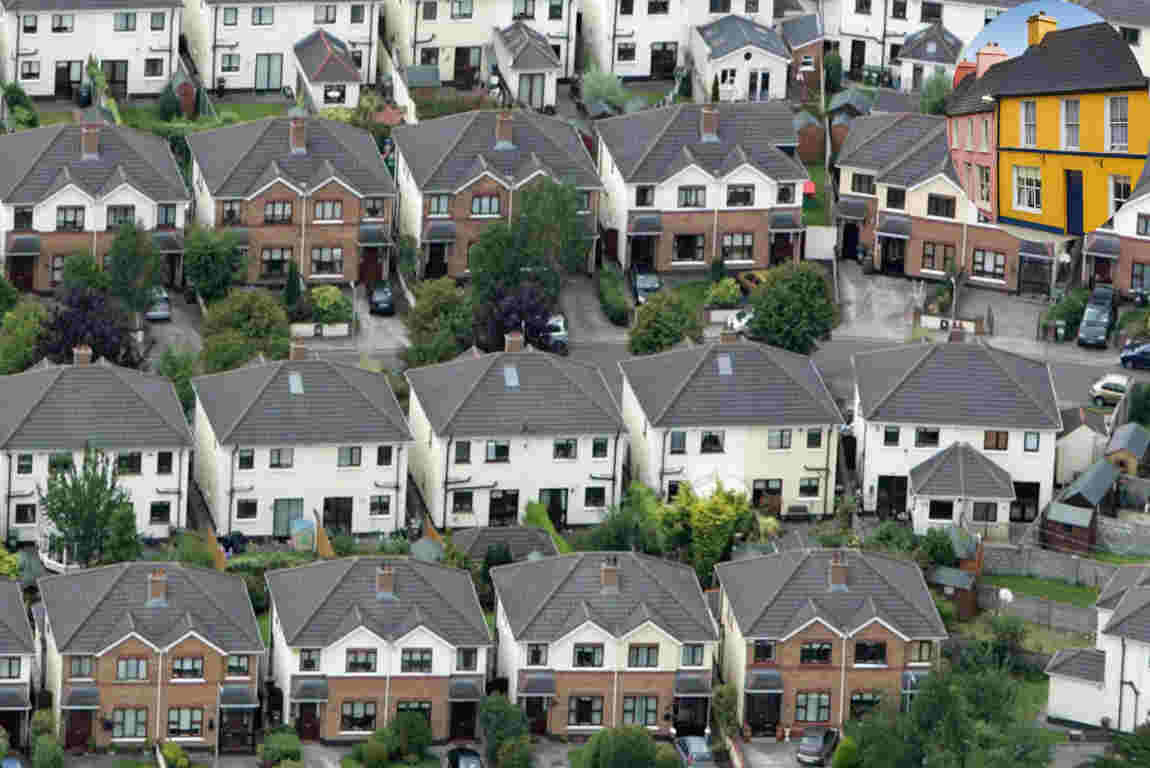
Gardens Reflecting Natural Surroundings
The landscaping surrounding Irish homes is as important as the buildings themselves. Gardens often feature:
- Native Plants: These complement the local ecosystem and require less maintenance.
- Winding Pathways: These pathways connect various outdoor areas, creating inviting spaces for exploration and enjoyment.
A well-designed garden enhances the charm of any Irish home, integrating it beautifully into its surroundings.
Outdoor Living Areas
Outdoor spaces are essential for relaxation and socializing in Irish homes:
- Patios and Decks: These areas provide a perfect setting for gatherings and enjoying the outdoors.
- Eco-Friendly Features: Rainwater harvesting systems and sustainable planting practices are increasingly popular.
Creating functional outdoor spaces enhances the overall living experience, allowing residents to appreciate the beauty of Ireland.
You may also read (how to understand when a house is under contract).

